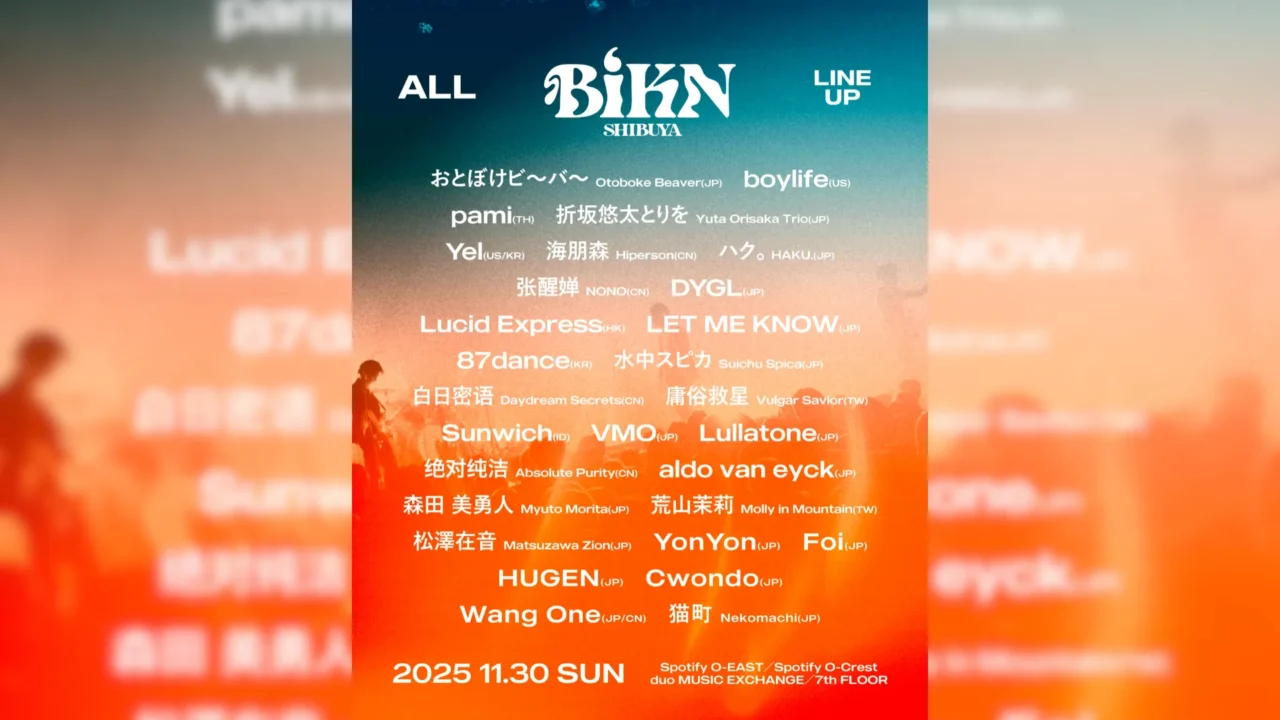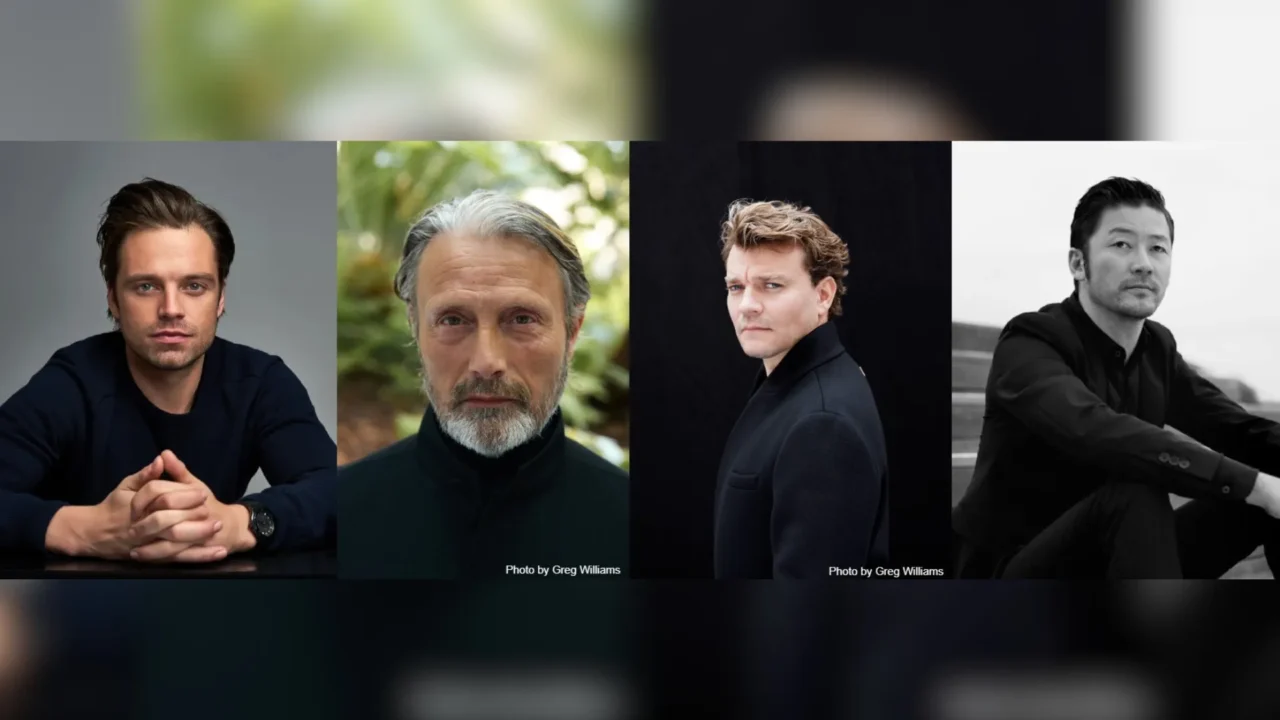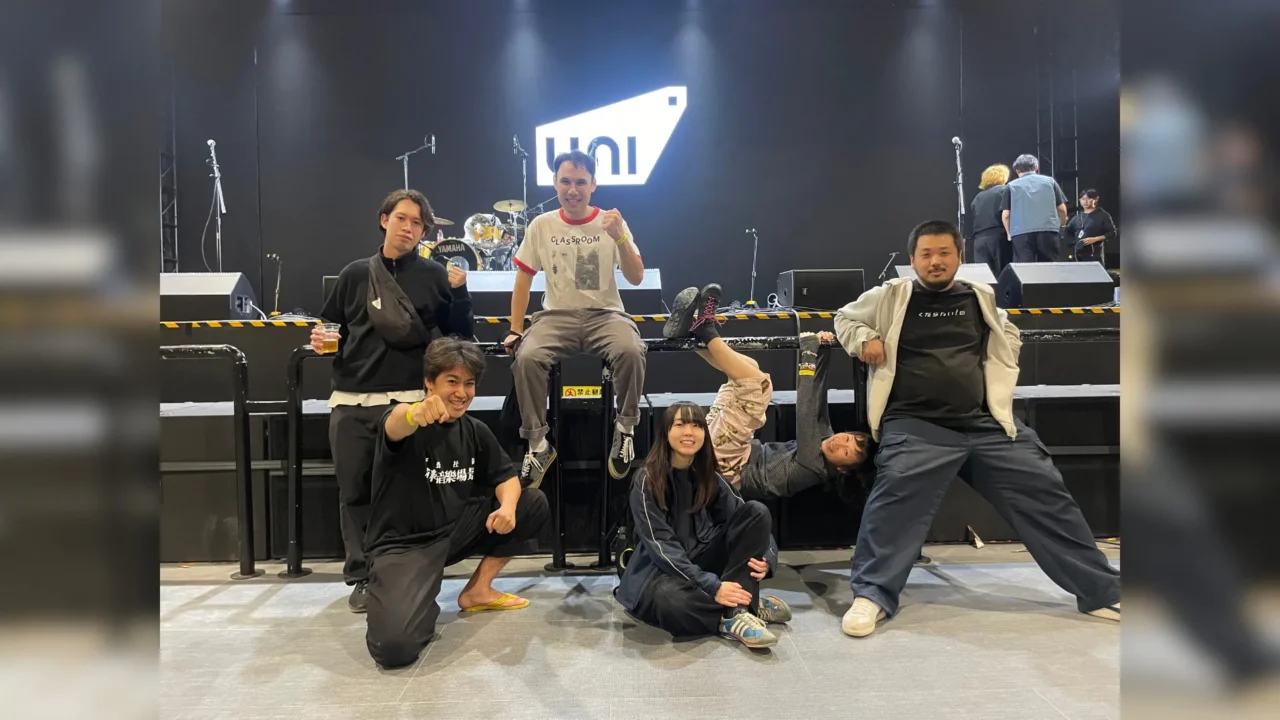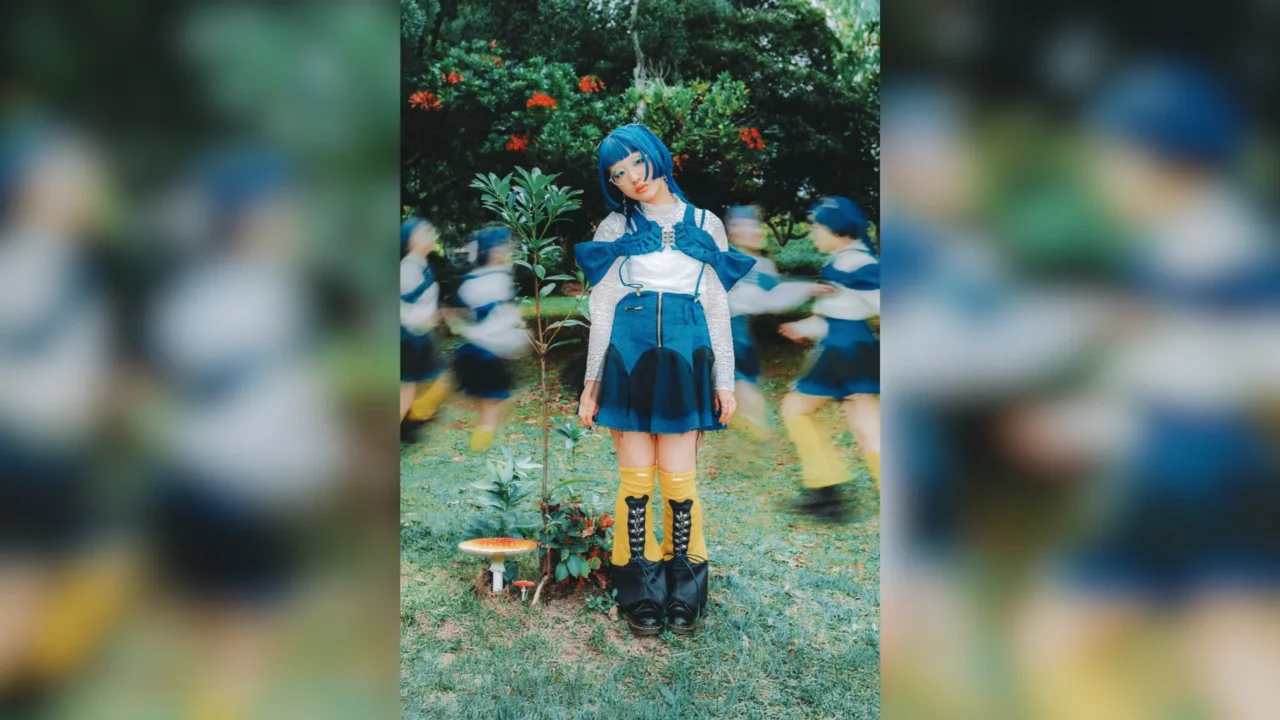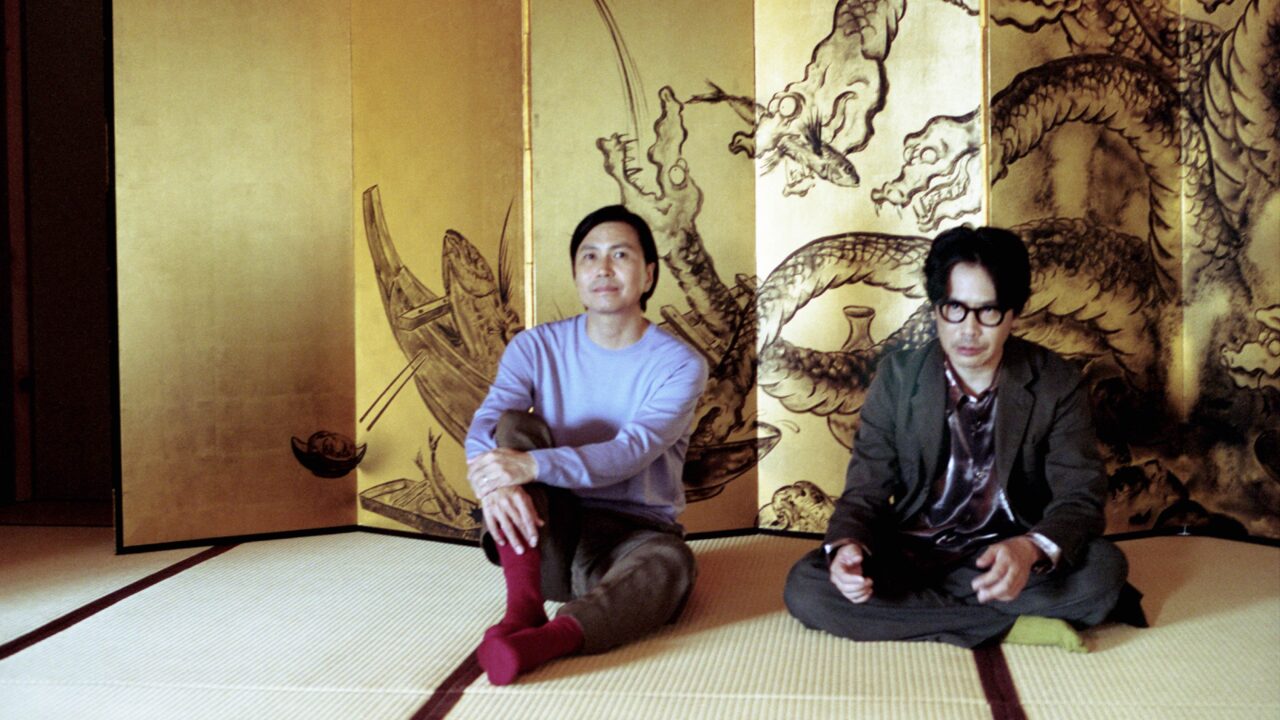A circle of friends connected by goo touch! The “FIST BUMP” corner of the radio program “GRAND MARQUEE” features people who live and enjoy Tokyo in a relay format.
On November 15, writer Pance-san introduced Mr. Hiroyuki Tanaka of Suzuki Kikaku Co. We asked him about the various meetings he organizes and the charms of “vertical” that he is most interested in.
INDEX
Organizing a large-scale group dating called “Sekigahara”
Celeina (MC): Mr. Tanaka, born in August 1982, launched “Suzuki Kikaku” in the mid-2000s and has been working under the radar as his interests dictate. What interests him most at the moment is “vertical”.
Takano (MC): I am interested in many things (haha). Let’s hear more about it later.
Celeina: According to Mr. Pance, you are “a person who strolls around Tokyo and a master of Tokyo,” and the names of the meetings you have hosted so far pack a punch. Starting with the standard “DJ Party” and “Roundtable Discussion,” the lineup of unique events includes “Mote Kenkyukai,” “Large-scale group dating” “1982,” a gathering of people born in 1982 to look back 40 years, “A gathering in ungainly clothes” “Going Out to Eat at Delicious Restaurants,” “Coastline Tour,” and many more.
Takano: Mr. Tanaka, who are you?
Tanaka: I am just an ordinary citizen.
Takano: (haha). I was curious about the “A gathering in ungainly clothes” meeting.
Tanaka: It’s a group where the dorkiest person wins. I wore a T-shirt of Daisuke Araki of the Yakult baseball team, a memento of my grandmother’s.
Takano: It’s an interesting project with a bit of an emo feel to it.
Celeina: How big was the “Large-scale group dating”?
Tanaka: When I say “large-scale,” I don’t mean 100 people. In the Gasshon industry, a party of more than 10 people against 10 people is called a “Sekigahara,” or a battle.
Takano: It’s already a battle, isn’t it?
Tanaka: When I heard that it was called “Sekigahara,” I said, “Let’s try Sekigahara,” and we did it about two months ago. We really wanted to do it at the beginning of 2020, but it was canceled due to Corona.
Takano: How many people gathered?
Tanaka: Twenty-four people, 12 men and 12 women.
Takano: Wait a minute. I can’t imagine, but doesn’t it sound like we would need a moderator or something?
Tanaka: I did a moderator-type thing. But since I was participating like a coach and player, I worked hard on the players, so I couldn’t really moderate the event properly.
Takano: Was it exciting? Or was it chaotic?
Tanaka: I heard a rumor that someone got into a relationship with one of the guys, so I’ll ask him how it went the next time I see him.
Takano: Please let us know in secret. Maybe large scale blind dates are expected to improve the success rate or something, and it may become mainstream in the future. Anyway, I’m curious. Does “going out to eat at a good restaurant” mean going out to eat some special cuisine?
Tanaka: It is on a case-by-case basis, but I think “going to a city with many immigrants” is the most unusual one. There are quite a few immigrants from Ethiopia living in Katsushika Ward, so I went to eat Ethiopian food.
Takano: I may have never had Ethiopian food. I would like to go there because it is in Katsushika Ward.
INDEX
Walking along the coastline of Tokyo in the Edo period
Celeina: I understand that the “Coastline Tour” was held this year.
Tanaka: It was held this spring and summer.
Takano: I understand that you walked along the coastline of Tokyo during the Edo period.
Tanaka: That’s right. I think that after Ieyasu Tokugawa arrived in the Edo period, land reclamation progressed in Tokyo, which had previously been in the countryside. I walked around wondering where the coastline was before that reclamation progressed.
Takano: So the actual places you walk may not be near the sea?
Tanaka: This may come as a surprise, but the ocean is as far as the front of the Imperial Palace. So we walked around there.
Celeina: The studio has a document called “Tokyo’s Land Reclamation,” which is connected to what you are talking about now.
Takano: It’s not the kind you see in parliamentary speeches or something, is it? It’s a very solid document, and it’s put together in the form of a thesis.
Celeina: Was this made for an event?
Tanaka: Not at all. I was a bit curious about land reclamation, and when I started researching it, I found that it was more complicated than I had expected and that there were not many documents left. So, different people were saying different things, and when I started to pursue it, I found that it was about 50 pages long.
Takano: You are not from the Ministry of Land, Infrastructure, Transport and Tourism, are you? It is interesting that parts of the area that are now normal buildings and land used to be coastline.
Celeina: It is indeed interesting to feel the history. Mr. Tanaka, you pick up on what you find interesting, but how do you delve into it?
Tanaka: I don’t consciously try to dig deeper. I don’t know, so I look into it, and when I find myself getting into it, it’s like I’m hooked.
Celeina: I admire your inquisitive mind, Tanaka-san. Now, I would like to send you a song. I asked Mr. Tanaka to choose a song that he would like everyone to listen to together on the radio at this time. Please tell us the reason for your song selection.
Tanaka: I will go with a song that Anzen Chitai and Yosui Inoue did together. There was a time when Anzen Chitai was backed by Yosui Inoue, and there is a live disc “Live Geracie” that was done with this combination, but regrettably it has only been released on cassette,I chose this based on my personal desire, hoping that this live album would be released in the current format, CD. I chose “Ore wa Shout!” by Anzen Chitai and Yosui Inoue.











